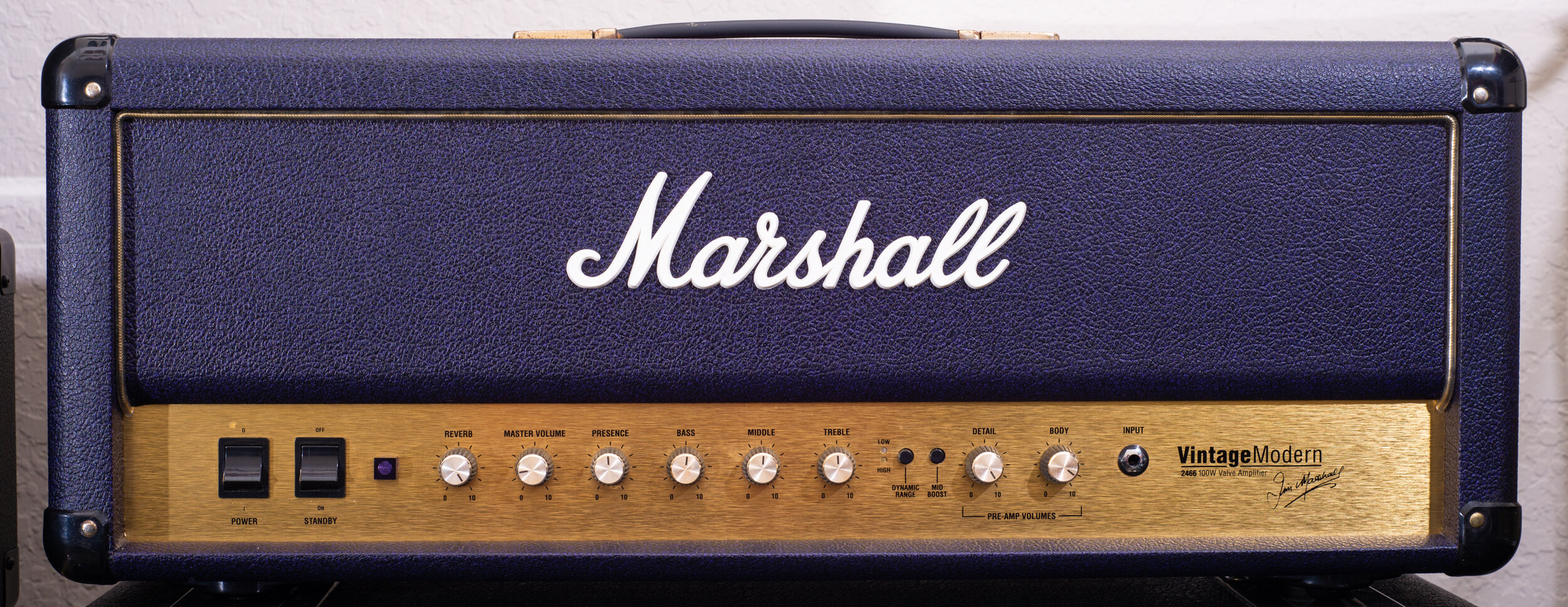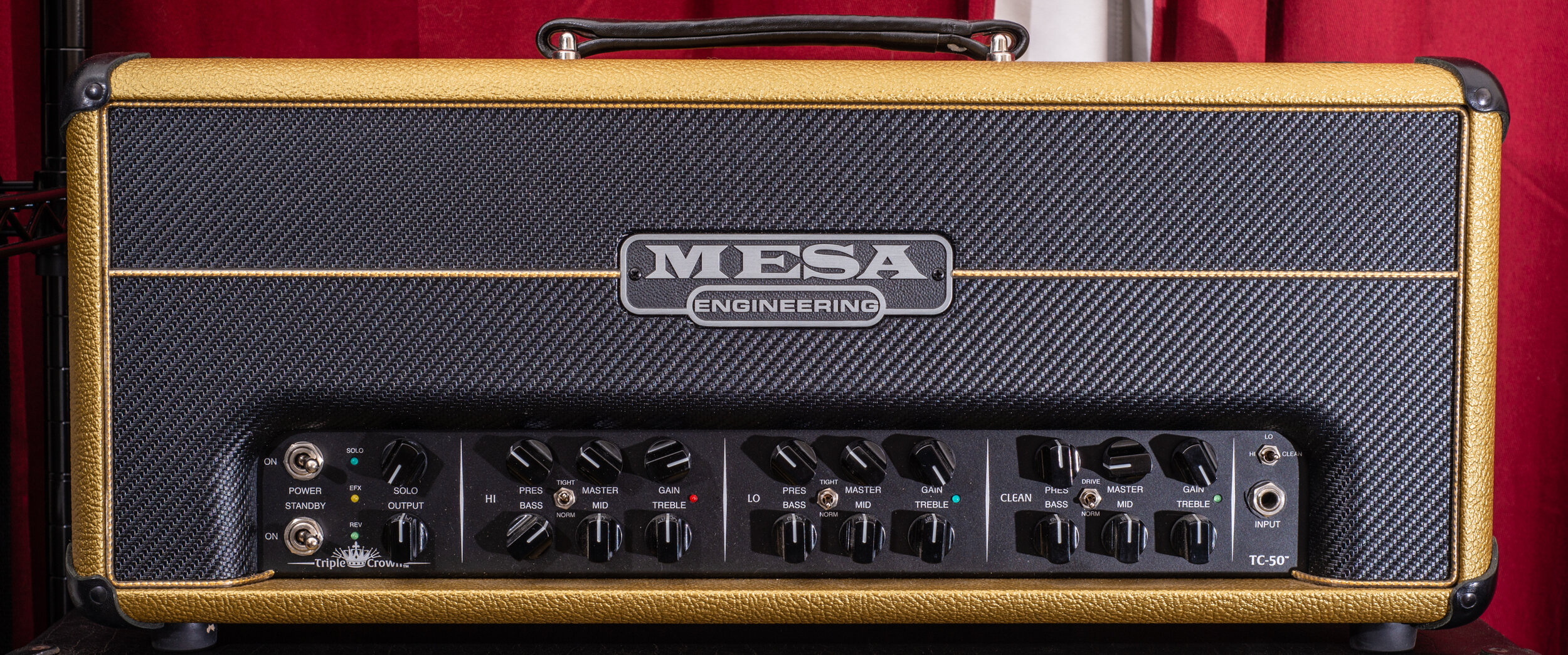So I had a few hundred bucks in Musicians Friend credit that had to be spent on something - I acquired this by buying used gear from GC via the MF website, but they caught on to that and stopped awarding points for used gear, and to make matters worse, I couldn’t use my points on more used gear. I don’t buy many brand new things, so I had some trouble deciding what to do, so I started skimming the Open Box equipment at MF.
I had previously been interested in Bad Cat amps, after trying to buy one on three separate occasions from GC, all of which were cancelled without notification (seems to be a common move by GC). I’d also considered just hunting down a VOX AC15 or AC30 - I really just wanted that classic, British flavored clean amp that wasn’t another Marshall.
This Bad Cat 40R popped up on open box for a good discount, and after watching some reviews and reading about them online, I decided to pull the trigger. The amp arrived, with the only clear damage to the front plexiglass logo which was coming completely off of the amp.
I try not to get overexcited when it comes to good gear, in the same way that I try not to be overly critical of gear I don’t like, but this amp deserves a lot of praise. The quality, fit, and finish is all excellent, and even the digital reverb sounds fantastic. The amp itself has both a traditional 12AX7 as well as a unique EF86 preamp (much like famous VOX and Matchless amps, as well as other boutique makers), and this can be footswitched. There is also a fat mode, also footswitchable, which can be used on either preamp mode. So even though it is not technically a channel switcher, the underlying texture and feel to the amp can be adjusted via footswitch very well - I’d consider the EF86 with Fat Off to be one of the best clean to mid-gain tones I’ve ever heard out of an amp.
The fat mode is very interesting because it also adds quite a bit of treble brightness that cuts - really good for a lead line or a snappy rhythm tone. I think one of the best things about this amp is that it really makes pedals in front sound incredible. At the moment, I have a daisy chain of overdrives - an Ibanez TS7, Boss SD-1, Klon Centaur clone, and a Fulltone OCD clone, and each of them has an awesome rendering through this amp. On top of that, switching between 12AX7 and EF86, and fat mode on/off, changes that core texture to the tone which is then accentuates whichever overdrive is turned on. Every good tone needs a good foundation and it is hard to think of many amps that do this better.
I also think it’s worth mentioning that I called Bad Cat one afternoon after the amp arrived and actually spoke to John Thompson, the designer and founder of Bad Cat Amps - he just picked up the phone like it was any other day. That’s impressive for a company that has grown in size and success, I’m not sure if even I would do that if I owned a company. He and I talked about tones, interesting albums, and how great I thought his amp was and some of his thoughts behind the design of it - really just an enjoyable conversation. I asked if I could buy a replacement logo to fix mine, and they actually sent one out to me free of charge, something I really didn’t expect and I would’ve happily paid for the logo piece or at least the shipping - really above and beyond as far as interactivity and I’d point to Bad Cat as one of the premiere examples of a company that is really in touch with their customers both before and after the purchase, something that seems less and less common these days. So hats off to John and his team at Bad Cat for the great experience, and on top of that a truly superb amp that completely exceeded my expectations, all I really wanted was a VOX-y clone and it is so much more than just that. John also mentioned he has a few vintage Marshalls - and I’ve heard some clips of amps like the Lynx and Hot Cat, and I have to admit those are very much on my radar at the moment, if they are half as good as this one they will be top tier amps.










